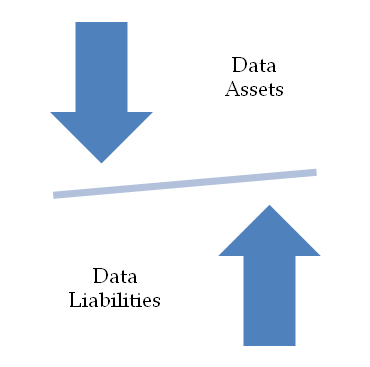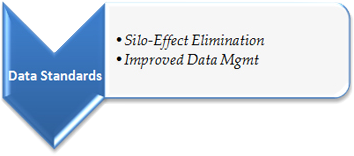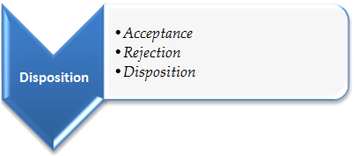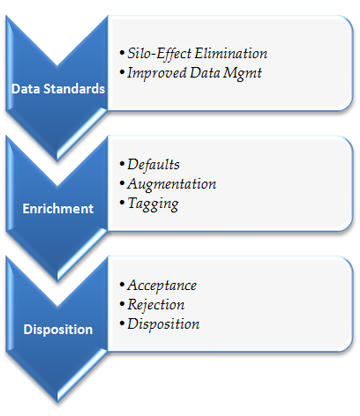Audit, Balance and Control Tables (i.e., commonly referred to as the ‘ABC Layer’ using the ETL technical vernacular), ‘Edits’, etc. – these are just a few of the programmatic methods for managing Data Quality. These methods had their day, in terms of addressing the issue of Data Quality. However, the problem with using these methods in a vacuum is that the logic is often buried in code.
Furthermore, developing Analytics to ascertain whether Data Quality is implemented consistently everywhere in your environment requires the assistance of a Software Developer, and is sometimes not addressed at all. Effective Data Quality Management requires Governance, Planning, Control and Assurance, all of which can be provided by the GITS Methodology of Data Quality Management.
Data Quality Management Pitfalls
GITS can promote the value of your Data Assets by avoiding the following pitfalls:
- Duplicate Development efforts
- Inconsistent Meta-Data
- Data Ownership issues
- Poor interdepartmental working relationships
- Increased resource workloads for Data Reconciliation and Restatements
- Increased costs of doing business
- Missed or lost business opportunities (negative reputation)
Data Quality Management Approach
GITS can provide a Language-Driven Data Quality Management approach that will provide the following benefits :





